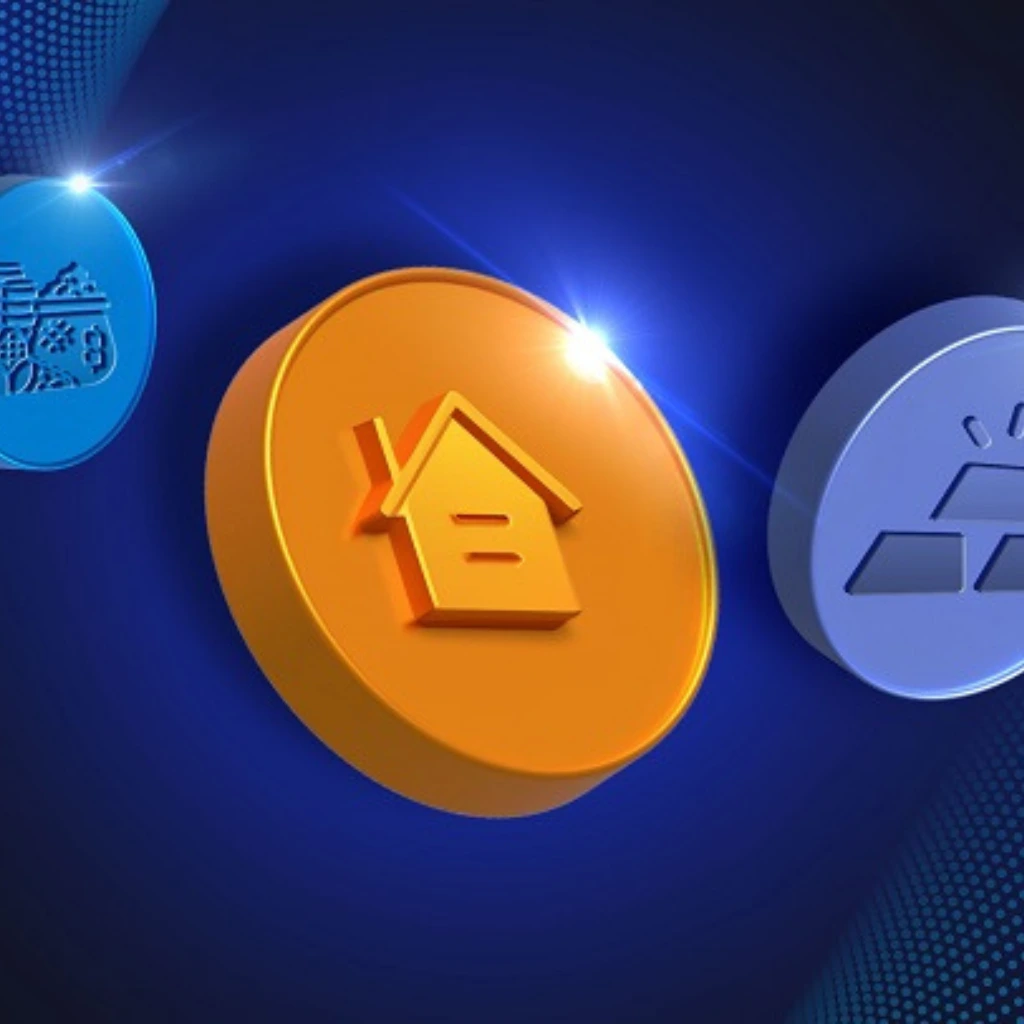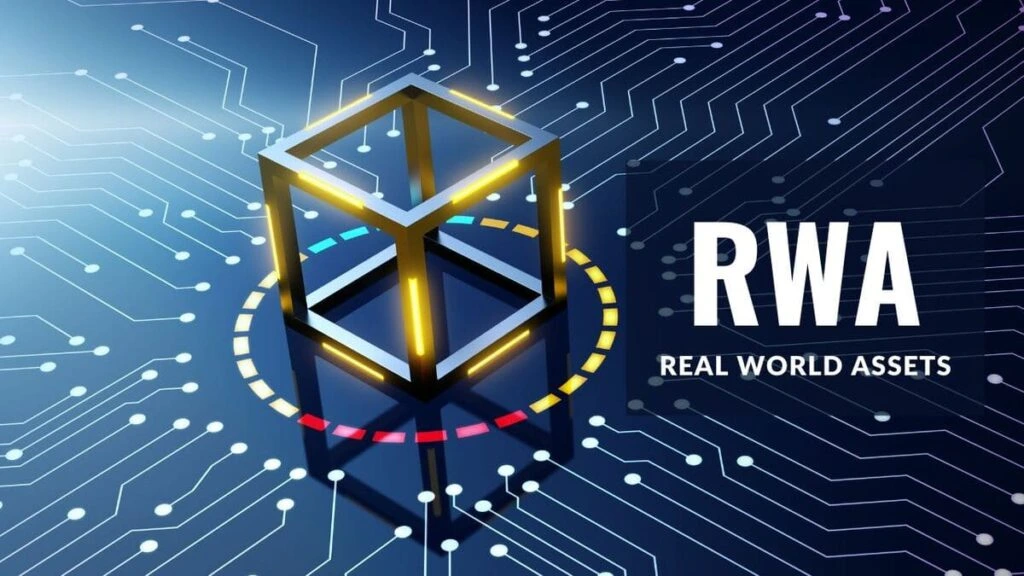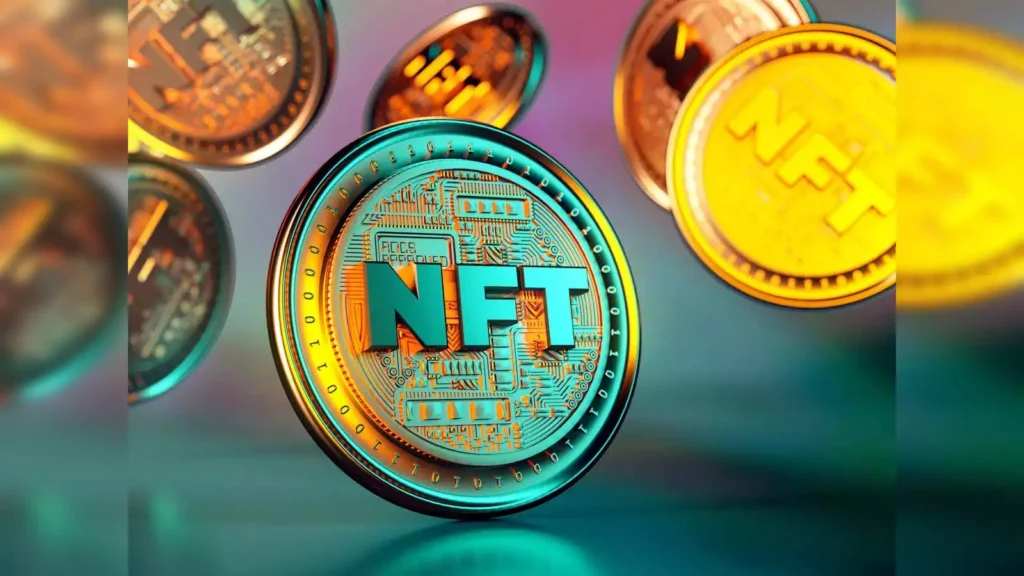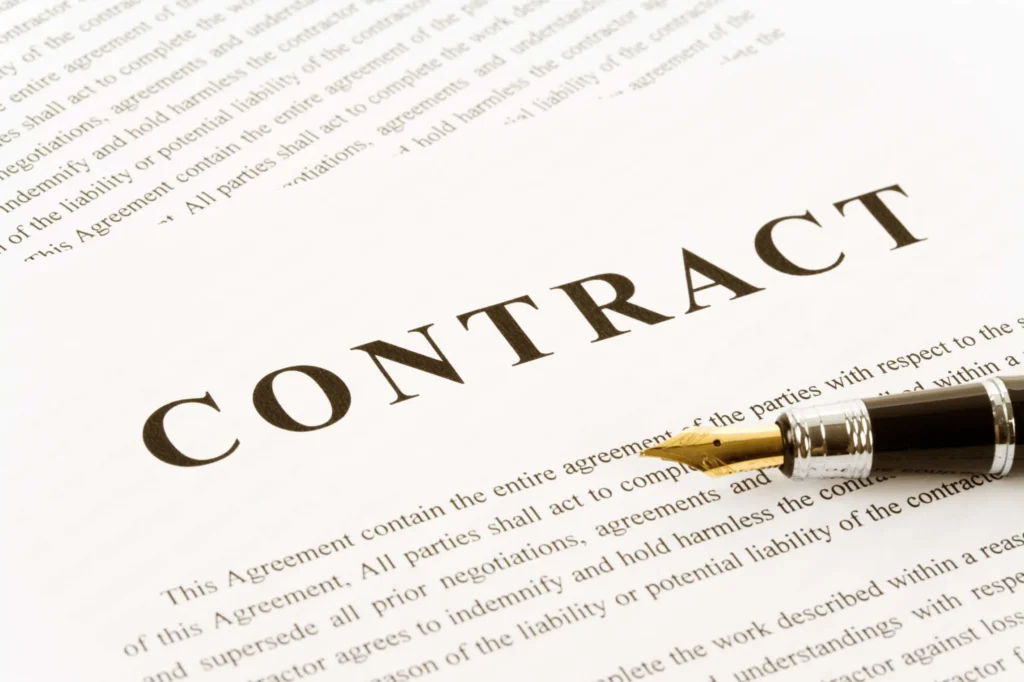RWA vs NFT: Pros and Cons You Really Need to Know
October 28, 2024

RWA vs NFT: A Pros & Cons Breakdown to Make It Make Sense
When it comes to blockchain buzzwords, RWA and NFT (RWA vs NFT) are two that get tossed around a lot—and often confused. While both involve tokens and live on the blockchain, they serve different purposes and come with their own sets of benefits and drawbacks.
So, what’s the difference? Let’s break it down clearly—pros and cons style—so you can decide which one actually fits your goals.


What Are We Comparing?
- RWA = Real-World Assets tokenized on blockchain (like real estate, commodities, fine wine, etc.).
- NFT = Non-Fungible Tokens (unique digital assets like art, music, game items).
RWA (Real-World Assets) Pros & Cons
Pros of RWA
- Backed by Tangible Assets
You’re not just buying code—you’re buying a piece of something real, like property or gold. - Fractional Ownership
Tokenization allows you to own a slice of an asset, making high-value items more accessible. - Improved Liquidity
Real-world assets are traditionally hard to trade. RWA tokens can streamline that process via digital platforms. - Bridges TradFi and DeFi
It’s a way to bring traditional investment opportunities into the crypto world.

Cons of RWA
- Regulatory Complexity
Rules vary by country, and legal clarity is still evolving. This can slow adoption or limit where and how RWAs are used. - Off-Chain Dependencies
Real-world audits, custody services, and legal agreements are still necessary and sometimes cumbersome. - Risk Tied to Real-World Markets
If the underlying asset crashes (like real estate or oil), the token’s value crashes too.


NFT (Non-Fungible Tokens) Pros & Cons
Pros of NFT
- Unique and Ownable
Each NFT is one-of-a-kind. Blockchain ensures transparent proof of ownership and provenance. - Supports Creators and Communities
Artists, musicians, and developers can monetize directly and build tight-knit user bases. - Easily Tradable
Buying, selling, or transferring NFTs can be done instantly on decentralized marketplaces. - Built for Digital Expression
NFTs are part of online identity and culture. It’s less about returns and more about representation.


Cons of NFT
- Highly Speculative
Prices are driven by hype, trends, and rarity—not tangible value. - Lack of Regulation = More Scams
Rug pulls, plagiarism, and fake projects are unfortunately common. - Minimal Utility in Many Cases
A lot of NFTs don’t “do” anything beyond looking cool or being rare. - No Physical Backing
You own the token, but not necessarily the underlying content or any rights to it.
Quick Side-by-Side Comparison
| Feature | RWA (Real-World Assets) | NFT (Non-Fungible Token) |
|---|---|---|
| Asset Type | Physical (real estate, gold) | Digital (art, media, collectibles) |
| Ownership | Fractional, legally binding | Full ownership of a unique token |
| Value Source | Tied to real-world markets | Tied to rarity, demand, community |
| Liquidity | Improving, but still evolving | Very liquid on digital platforms |
| Regulation | Legally complex | Light regulation (for now) |
| Use Case | Investing in real-world value | Collecting, digital identity, creator support |
| Risk | Depends on real asset + laws | Depends on market sentiment + trends |
So… RWA vs NFT: Which Is for You?
- Go with RWA if you want:
→ Asset-backed security
→ Long-term investing
→ Real-world utility - Try NFTs if you want:
→ Digital collectibles and clout
→ Creative freedom and cultural status
→ Fast, fun, high-risk experimentation
Final Thoughts: RWA vs NFT, Your Way
There’s no universal “better” option here—just what’s better for you. RWAs are about digitizing tangible value. NFTs are about owning unique digital expressions. Both are powerful. Both come with risks.
So, whether you’re looking to stake your claim in a tokenized skyscraper or rock a pixelated penguin in your profile pic, now you know the trade-offs.
Choose what fits your goals—not just what’s trending.
Relevant Link : Here

